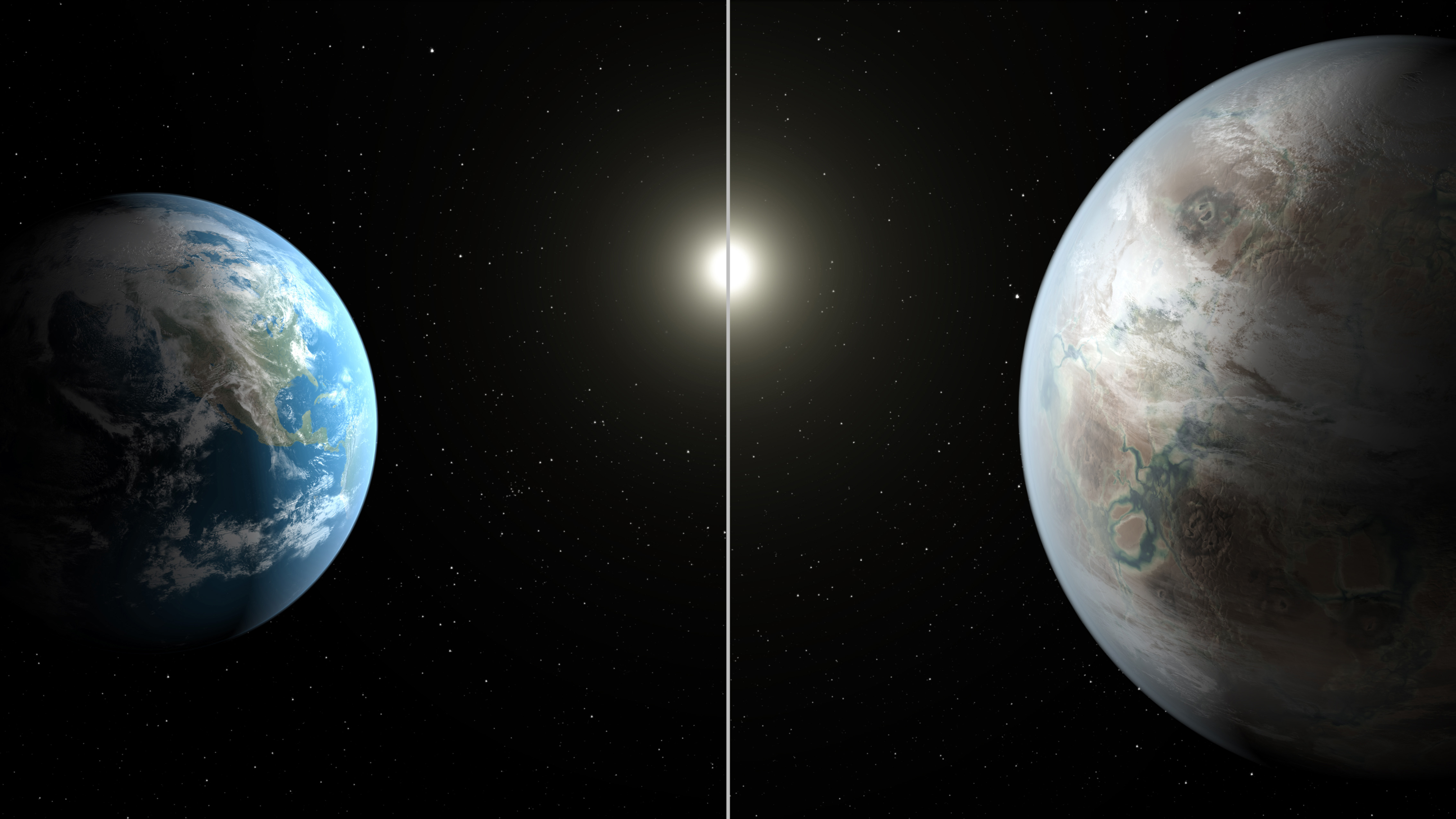That planet resembles ours “It could harbor life”

That planet resembles ours
“It could harbor life”
THE NAME, at the moment, is not among the most captivating for what it could hide: it is called Gliese 581g and it is the extrasolar planet most similar to the Earth among those so far discovered, the first on which conditions for life could have been created.
The planet is twenty light years away from us and, as can be understood from its name, orbit around the star Gliese. What makes it more interesting than all the other extrasolar planets is the distance from its sun: the energy that reaches it would make life on its surface possible. The discovery, published in the journal Astrophysical Journal, was carried out by researchers from the University of California at Santa Cruz and the Carnegie Institution of Washington, who identified Gliese 581g through the Hawaii Keck astronomical observatory. The planet came to light thanks to the study, which lasted about ten years, which considered the smallest variations in orbit of the parent star, variations attributable to the planets that rotate around it.
To date, 490 planets have been discovered outside our solar system that orbit around 420 stars, but so far none had characteristics suitable to sustain life. In fact, many of them are gaseous and gigantic, others too close or too far from the parent star because water, a fundamental element for life as we know it, can flow liquid. Gliese 581g instead, is found at the right distance and has a mass between 3.1 and 4.3 times that of the Earth and a diameter between 1.2 and 1.5 earth diameters. It could also be rocky and have liquid water under a small layer of surface ice and an atmosphere that can protect life, if it has ever blossomed. “Personally, given the potential of that world, I would be inclined to say that the chances of finding life on it are 100%,” said Steven Vogt, astronomer at the University of California, during the presentation of the discovery.
The planet rotates around its star in 36.6 days and its average surface temperatures are between -31 degrees and -12 degrees. It seems that it always turns the same face to the star and this would lead it to have a much warmer face than the other. Gliese is a red dwarf, a star that is about 50 times weaker than our Sun. Since it is also colder the planets capable of having life can rotate around them even very close together. Gliese 581g in fact, orbits it at 0.15 Astronomical Units (an astronomical Unit corresponds to 150 million kilometers or the Earth-Sun distance). Gliese 581g was discovered along with another planet, too far from the parent star in order to hypothesize some form of life.
(September 30, 2010)


